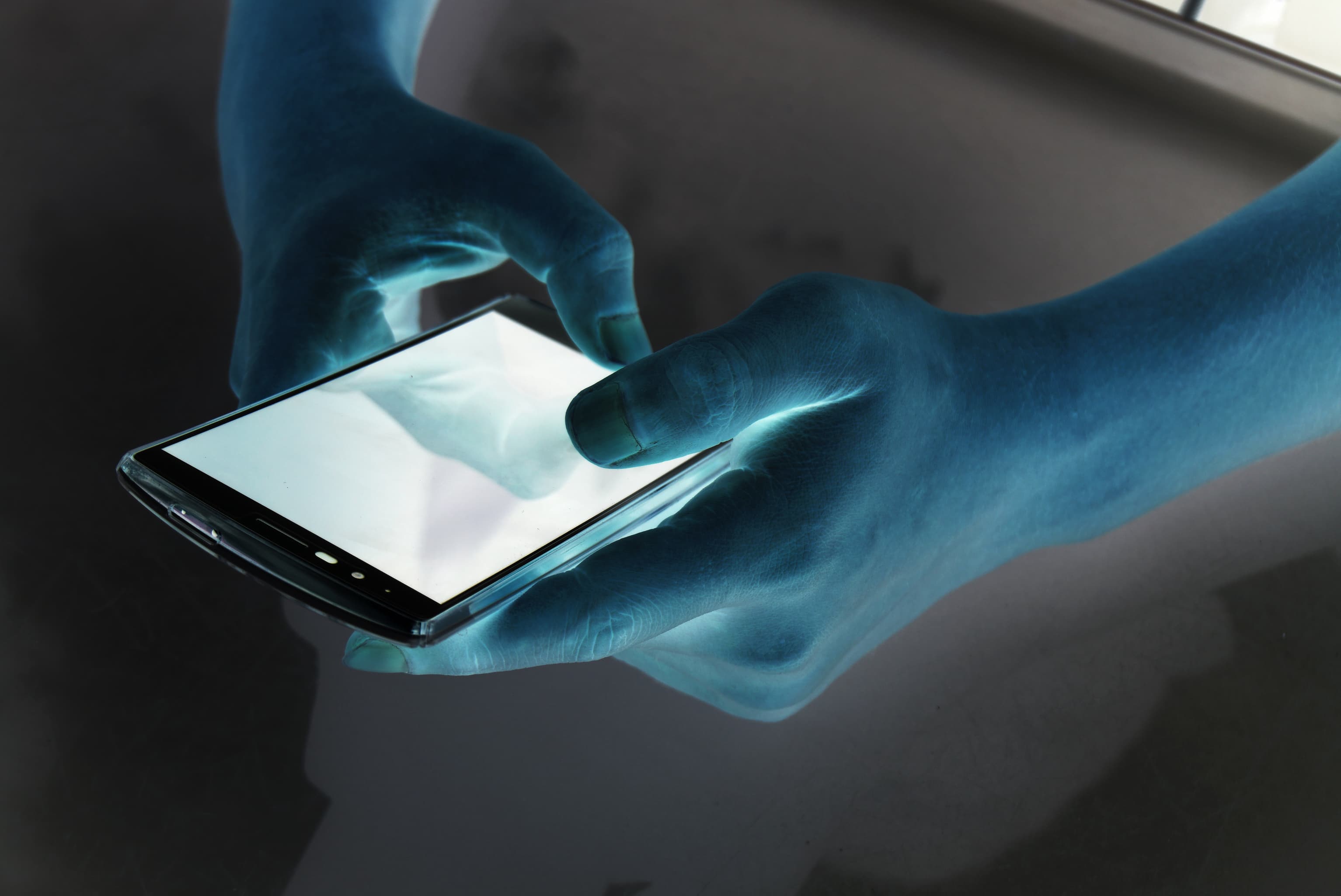Shaking up Autopilot: Defamiliarisation

What makes art art? Why are poems art, but phone-books aren’t? One important element in writing is called ‘defamiliarisation’. For example – look at your hand. Really focus on it.
Your hand is something you’ve seen everyday. But did you know your fingers have no muscles? Only tendons, so they’re “remote-controlled” by your palms. Pretend you have X-ray vision to observe the 29 bones and joints, 30 arteries, 34 muscles, 48 nerves, and 123 ligaments at work and in harmony as you move your hand. Now think – why doesn’t the skin of your palm slip like a loose glove the way other parts of your skin does? Why doesn’t hair grow on that part of the skin? Have you noticed your fingers naturally curve? They’re never fully straight despite your best attempts. Look at how they quiver when you try making them straight. Think about the webby folds of skin between your fingers. When did your spots and freckles show up? When did you get so many lines on your palm-print apart from the main three?
Finally, think about the idiom “I know it like the back of my hand”. Do you really know it like the cliché says? That’s defamiliarisation, and Dr. Michelle Hamadache, former Southerly editor and Creative Writing lecturer at Macquarie University, joined us earlier to explain more on how our routines make us retreat into the idea of unconscious autopilot.
